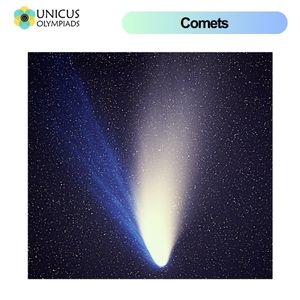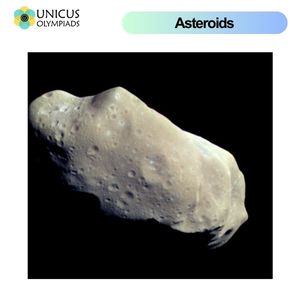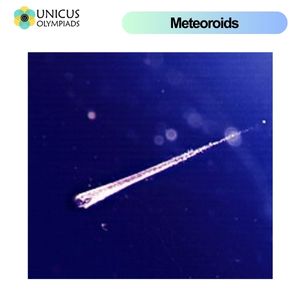

Comets, asteroids, and meteoroids are fascinating celestial bodies that play a crucial role in the dynamics of our solar system. While they may seem similar at first glance, they have distinct characteristics, origins, and behaviors. In this article, we will explore what each of these objects is, how they differ from each other, and their significance in the broader context of space exploration and scientific study.
Comets are icy, dusty objects that orbit the Sun, often in highly elliptical orbits. They are remnants from the early solar system and are made up of a mixture of water ice, frozen gases, dust, and rock. Because of their composition, comets are sometimes referred to as "dirty snowballs." When comets approach the Sun, the heat causes the ice to vaporize, creating a visible coma (a cloud of gas and dust) and often a long tail. This tail always points away from the Sun due to the solar wind and radiation pressure.

Asteroids are rocky objects that orbit the Sun, mostly located in the asteroid belt between the orbits of Mars and Jupiter. Unlike comets, asteroids are primarily composed of metals and silicate rock. They are considered remnants from the early solar system and are believed to be the building blocks of planets that never coalesced into a full planet due to the gravitational influence of Jupiter. While many asteroids are relatively small, some can be large enough to be considered dwarf planets.

Meteoroids are smaller rocks or particles from space that are in orbit around the Sun. They are often much smaller than asteroids, ranging in size from dust particles to objects several meters in diameter. Meteoroids can originate from comets, asteroids, or the Moon, and when they enter Earth's atmosphere and burn up due to friction, they are known as meteors (or "shooting stars"). If they survive the atmosphere and land on Earth's surface, they are referred to as meteorites.

| Feature | Comets | Asteroids | Meteoroids |
|---|---|---|---|
| Composition | Ice, dust, rock, frozen gases | Rock, metal, silicate minerals | Rock, metal, or a combination of both |
| Size | Generally small, but can be large (up to several kilometers in diameter) | Varies from small to large (some up to 1,000 km in diameter) | Small, from dust particles to a few meters across |
| Location | Outer regions of the solar system (Kuiper Belt, Oort Cloud) | Asteroid belt between Mars and Jupiter | Anywhere in the solar system |
| Behavior | Has a tail when near the Sun | Remains in orbit around the Sun without a tail | Travels through space and may burn up upon entering the Earth's atmosphere |
| Examples | Halley’s Comet, Comet NEOWISE, Comet Hale-Bopp | Ceres, Vesta, Hygiea | Perseid meteoroid, Geminid meteoroid |